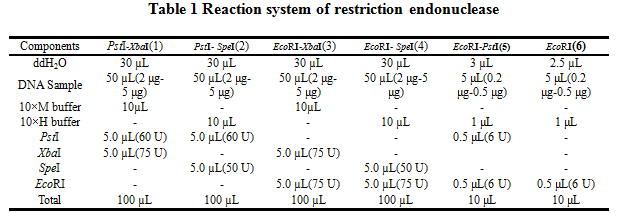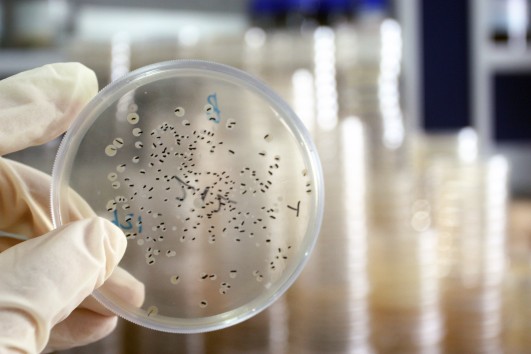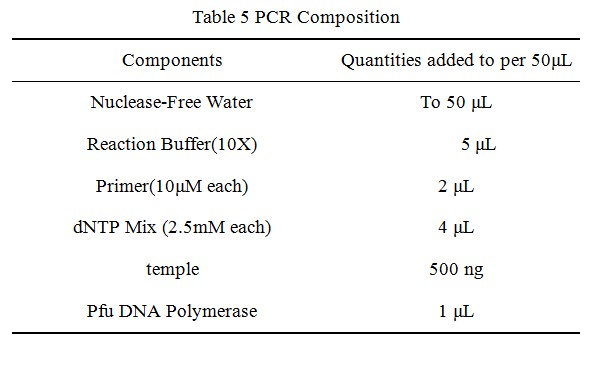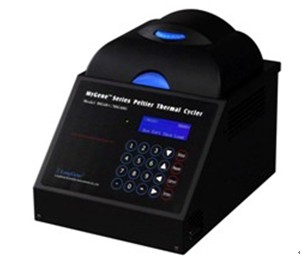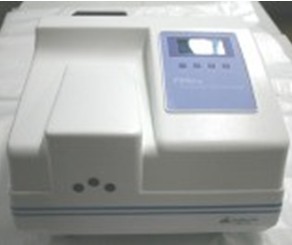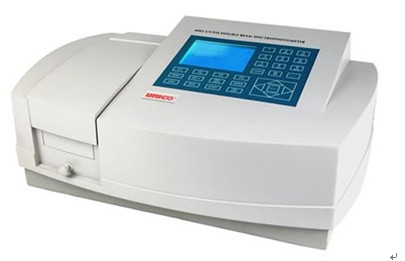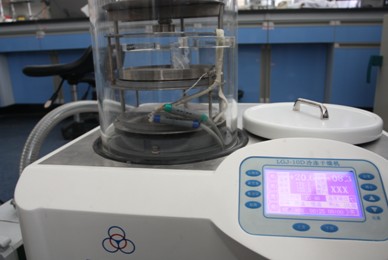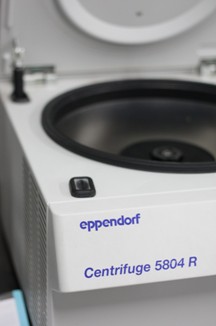Team:XMU-China/Project/Protocols
From 2011.igem.org
(Difference between revisions)
(→Cell growth) |
|||
| (6 intermediate revisions not shown) | |||
| Line 121: | Line 121: | ||
===''' Site Directed Mutagenesis''' === | ===''' Site Directed Mutagenesis''' === | ||
| - | [[Image: | + | [[Image:XMU_China_144.jpg|left]] |
| - | [[Image: | + | [[Image:XMU_China_174.jpg|left]] |
<html> | <html> | ||
<img src="http://partsregistry.org/wiki/images/4/41/XMU_China_block.jpg"> | <img src="http://partsregistry.org/wiki/images/4/41/XMU_China_block.jpg"> | ||
| Line 133: | Line 133: | ||
•Screen the transformants using restiction digest and sequencing | •Screen the transformants using restiction digest and sequencing | ||
| + | |||
| + | |||
| + | == Technology == | ||
| + | 1. Instrument for Polymerase Chain Reaction | ||
| + | |||
| + | [[Image:XMU_China_145.jpg|left]] | ||
| + | <html> | ||
| + | <img src="http://partsregistry.org/wiki/images/4/41/XMU_China_block.jpg"> | ||
| + | </html> | ||
| + | |||
| + | |||
| + | |||
| + | The polymerase chain reaction, comes from the DNA polymerase used to amplify (replicate many times) a piece of DNA by in vitro enzymatic replication. The original molecule or molecules of DNA are replicated by the DNA polymerase enzyme, thus doubling the number of DNA molecules. | ||
| + | |||
| + | The polymerase chain reaction is used by a wide spectrum of scientists in an ever-increasing range of scientific disciplines. In microbiology and molecular biology, for example, PCR is used in research laboratories in DNA cloning procedures, Southern blotting, DNA sequencing, recombinant DNA technology, to name but a few. In clinical microbiology laboratories PCR is invaluable for the diagnosis of microbial infections and epidemiological studies. In our research,we use PCR to generate three point mutants by site-directed mutagenesis. | ||
| + | |||
| + | We used the PCR to characterize the following BioBricks: BBa_K658006, BBa_K658007, BBa_K658008, BBa_K658009, BBa_K658010, BBa_K658011, BBa_K658017, BBa_K658018, BBa_K658019. | ||
| + | |||
| + | 2. Fluorospectro photometer | ||
| + | |||
| + | Spectrophotometry involves the use of a spectrophotometer. A spectrophotometer is a photometer (a device for measuring light intensity) that can measure intensity as a function of the light source wavelength. Important features of spectrophotometers are spectral bandwidth and linear range of absorption or reflectance measurement. The fluorospectro photometer takes advantage of a molecules property to emit light of one specific wavelength while absorbing light of a different wavelength. This feature is given by a various amount of proteins, like GFP, so that these peptides can be used as report proteins to detect other proteins by fluorospectrophotometer. | ||
| + | |||
| + | [[Image:XMU_China_146.jpg|left]] | ||
| + | <html> | ||
| + | <img src="http://partsregistry.org/wiki/images/4/41/XMU_China_block.jpg"> | ||
| + | </html> | ||
| + | |||
| + | |||
| + | We used the PCR to characterize the following BioBricks: BBa_K658017, BBa_K658018, BBa_K658019 | ||
| + | |||
| + | 3. UV-visible spectrophotometry | ||
| + | |||
| + | The most common spectrophotometers are used in the UV and visible regions of the spectrum, and some of these instruments also operate into the near-infrared region as well. Visible region 400–700 nm spectrophotometry is used extensively in colorimetry science. Ink manufacturers, printing companies, textiles vendors, and many more, need the data provided through colorimetry. We used UV-visible spectrophotometry to measure OD of bacteria. | ||
| + | |||
| + | [[Image:XMU_China_147.jpg|left]] | ||
| + | <html> | ||
| + | <img src="http://partsregistry.org/wiki/images/4/41/XMU_China_block.jpg"> | ||
| + | </html> | ||
| + | |||
| + | |||
| + | We used the PCR to characterize the following BioBricks: BBa_K658001, BBa_K658003, BBa_K658004, BBa_K658005. BBa_K658017, BBa_K658018, BBa_K658019. | ||
| + | |||
| + | 4. Vacuum freeze dryer | ||
| + | |||
| + | The vacuum freeze drying is an advanced method for the material for the material dewatering. It freezes the moisture material in the low temperature and makes the water inside sublimate directly in the vacuum condition. Then it collects the sublimated vapor by means of the condensing way so as to dewater and dry the material. vacuum freeze dryer is used to increase concentration of product, such as Enzyme-digested products used ligation, plasmid. | ||
| + | |||
| + | [[Image:XMU_China_148.jpg|left]] | ||
| + | <html> | ||
| + | <img src="http://partsregistry.org/wiki/images/4/41/XMU_China_block.jpg"> | ||
| + | </html> | ||
| + | |||
| + | |||
| + | We used the PCR to characterize the following BioBricks: BBa_K658001, BBa_K658005. | ||
| + | |||
| + | 5. High speed refrigerate | ||
| + | |||
| + | High speed refrigerate is useful when we prepare the competent cell. It can make Sample temperature keep at 4°C. High speed refrigerate is used when we need prepare competent cell for transformation. | ||
| + | |||
| + | [[Image:XMU_China_149.jpg|left]] | ||
| + | <html> | ||
| + | <img src="http://partsregistry.org/wiki/images/4/41/XMU_China_block.jpg"> | ||
| + | </html> | ||
| + | |||
| + | |||
| + | We used the PCR to characterize the following BioBricks: all of our biobrick | ||
Latest revision as of 02:29, 6 October 2011
 "
"

